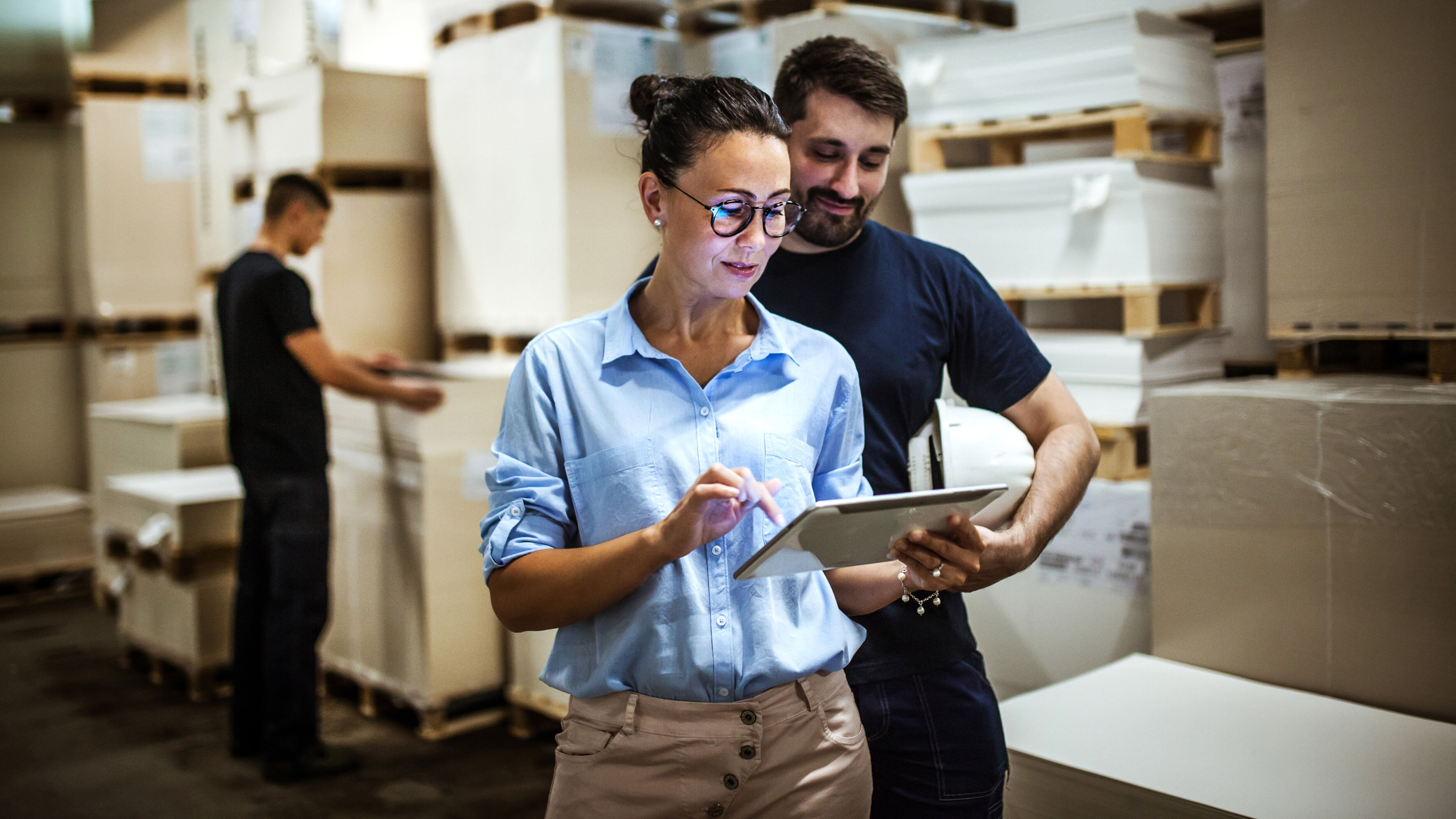What’s on the digital agenda of retailers? There’s no shortage of innovation — from improving the customer experience to optimizing processes and using AI, mobile communications, and immersive technologies to enhance brands.
But many brick-and-mortar retailers still find digitalization overwhelming. Integrating networks, cloud solutions, data analytics, and IT security into an end-to-end system is complex. And when you add GDPR rules and increasing cyber-crime into the mix, it’s no wonder that a recent Forrester Consulting Study found that only 49% of firms are offering the individualized customer experience they say they want to.
However, these digital growth pains, which are affecting all industries, have caused a surge in the popularity of managed service providers. Some not only provide the underlying technologies and networks but also help firms navigate compliance and cybersecurity.
For example, our subsidiary T-Mobile Czechia runs an IP Virtual Private Network for Tesco, which connects over 1,000 stores across Czechia, Slovakia, and Poland. This network is the backbone of Tesco’s mission-critical data applications, including payment transactions, supply chain systems, and employee information systems. On top of that, Tesco also enjoys data center collocation, dedicated internet access, and voice and SMS services—all with guaranteed quality levels for both service and support. The centrally managed services, running on Telekom’s super secure networks, ensure the ecosystem is not only stable but also the same across all the company’s outlets.
So what is the ‘digital promise’ for the retail industry?
1. From brick-and-mortar to brick-and-click
Digital innovation not only allows physical stores to expand their online presence but also online stores to develop physical stores. Amazon, for example, is investing heavily in physical stores because they believe consumers want a combined digital and physical experience. The endgame is for retailers to give customers a seamless, technological journey from online to physical stores.
2. Virtual reality and augmented reality
Experts predict that immersive AR and VR technologies will take off in 2020. AR and VR allow customers to enjoy a mixed real-life/virtual experience, both online and off. For example, retailers can use 360° videos, AI-powered marketing platforms, and in-store VR to create stories around their brand. And this is also where virtual stores come in — simulated, 3D versions of the real thing. Shoppers can ‘walk’ around a store, look at products, and even talk to ‘assistants’. They can then order and pay for products with just a single click.
3. AR and VR to improve purchase decisions
Ever brought a piece of furniture that didn’t fit in your living room? AR helps customers visualize whether a product will fit in a certain space or create the look they want. IKEA offers an app that does thisand Audi is testing VR to give customers a real-life feel for their cars in a digital showroom in London.
4. Voice assistant technology
Imagine the frustration: You’re in a huge DIY store and can’t find an assistant? Using voice assistant technology, retailers can create apps to answer customers’ questions or even call an assistant.
5. Quick and easy payments
Have you ever paid by swiping your smartphone over a payment device? More and more retailers are looking for ways to optimize mobile communication — and making it more convenient to pay is high on the list. Electronic price tags will allow customers to pay with their smartphone wherever they find the product. And don’t forget about self-checkout machines.
6. Facial recognition software
Retail visions of the future often include sensors that can identify customers simply by looking at their faces. In this scenario, you could stop at a shop window and be greeted by name, with a digital display suggesting customized offers.
7. The cloud optimizes business processes
Retailers are increasingly using open cloud services to boost efficiency. For example, many are using the cloud to rapidly prototype business ideas, improve business analysis by consolidating all KPIs into one ‘data warehouse’, manage resources across multiple online channels, and optimize stock by synchronizing supply-and-demand, reducing overall inventory, and lowering costs for logistics, warehousing and purchasing.
8. Exploring IoT
The increasing ability of everyday devices to communicate with each other opens up incredible opportunities. Imagine, for example, a smart fridge that can let a grocery store know it’s running low on milk. That store can then send offers to the owner of the fridge. What’s more, some stores are already equipping shopping carts with Bluetooth so they can plot customer movements and interact with electronic price tags.
9. Increased AI investment
Until now, brick-and-mortar retailers had few avenues to collect customer data. Digital tools mean they can now capture that data and feed it into AI and machine learning. For example, in-store sensors can work out which areas of a shop get the most traffic or allow stores to test lighting, ambience, and sound.
10. GDPR puts on the brakes
The EU’s data protection regulations restrict certain uses of customer data, especially third-party use. However, GDPR will likely prove positive because it will help build trust with customers.
